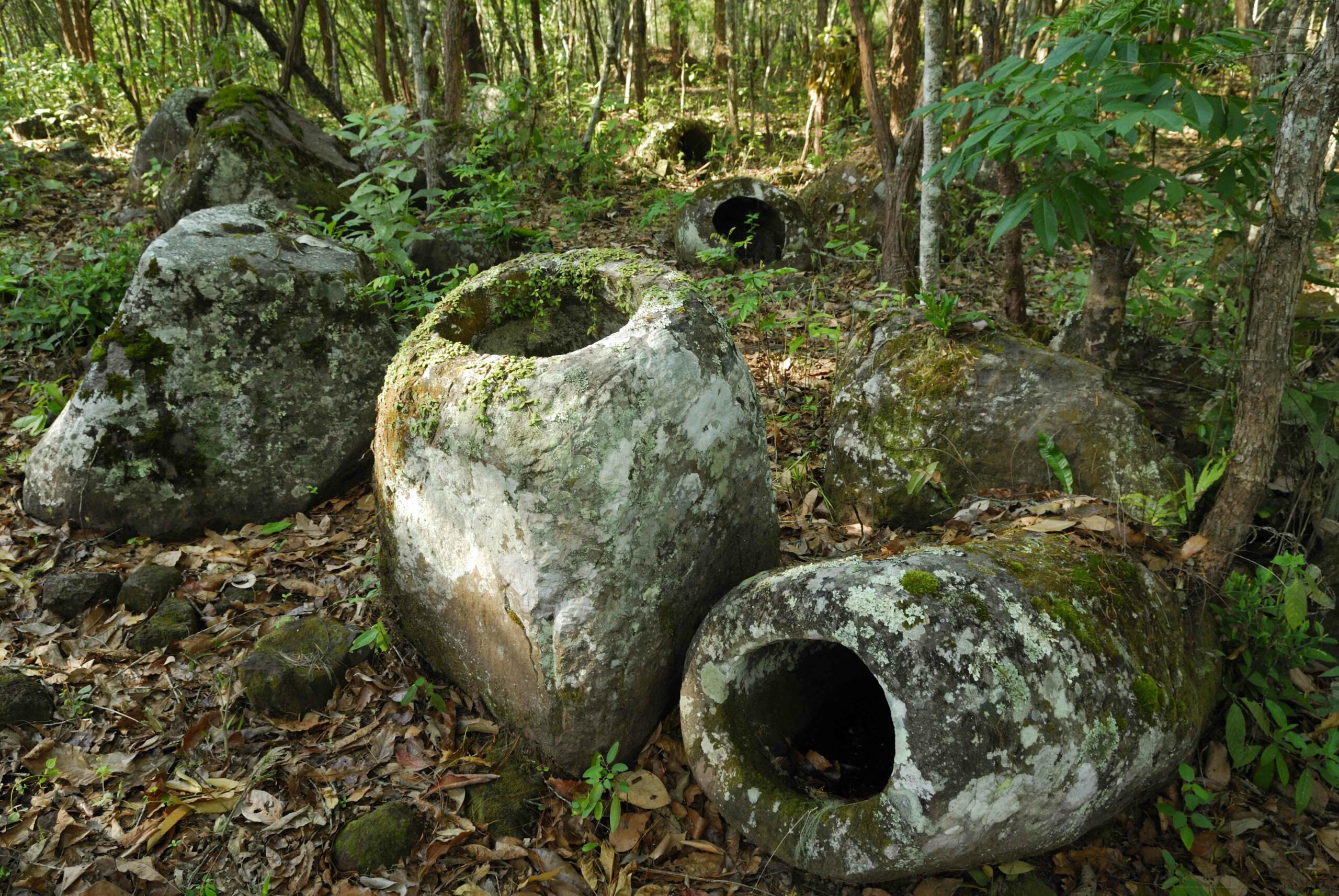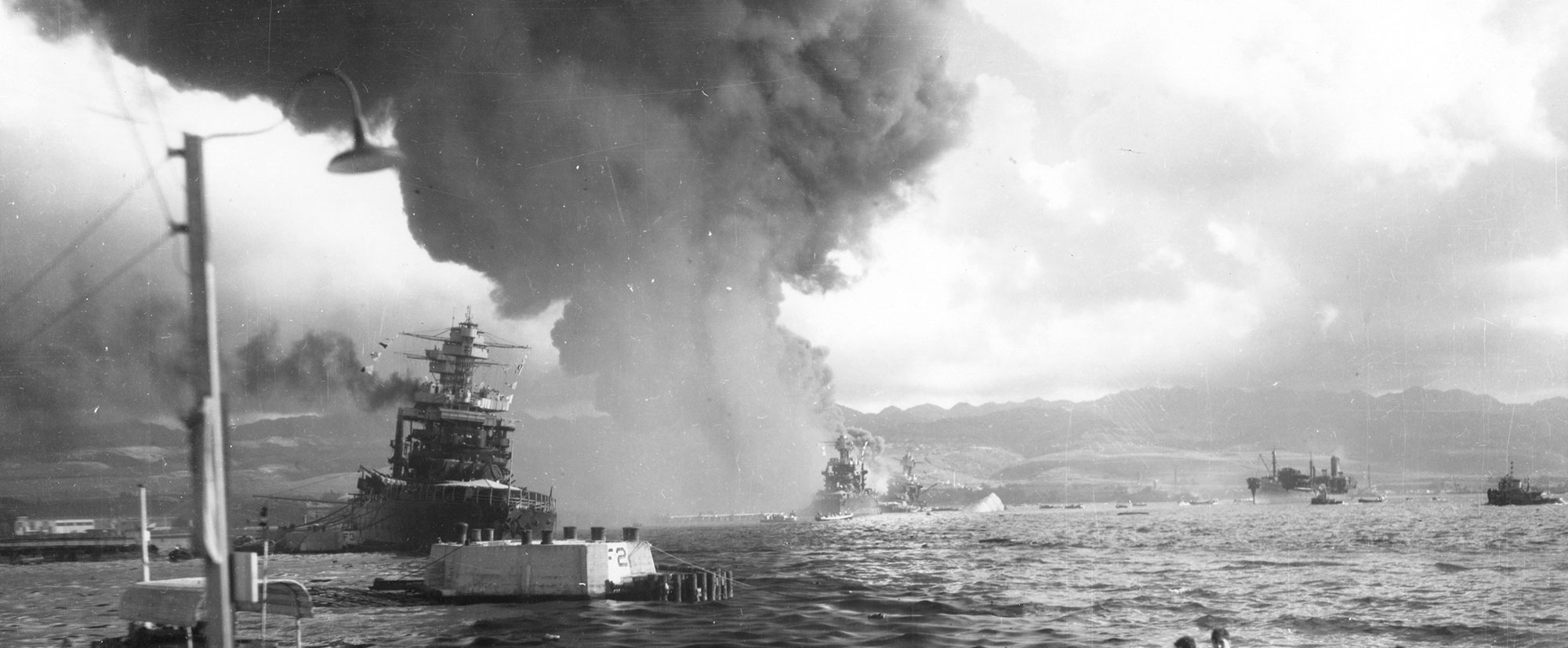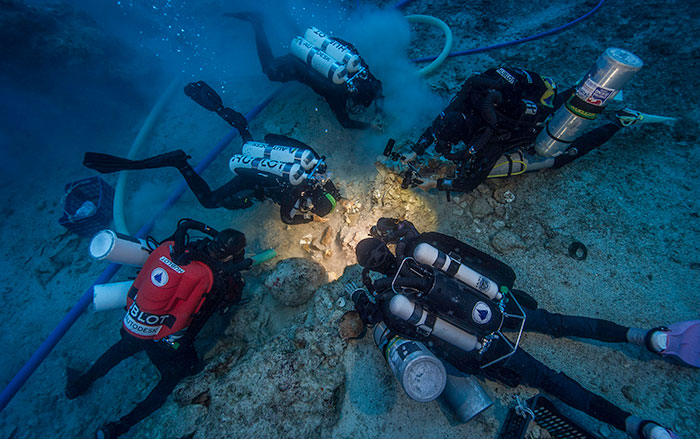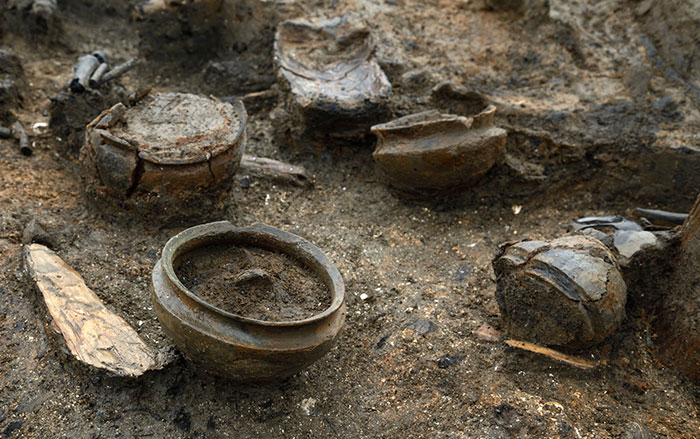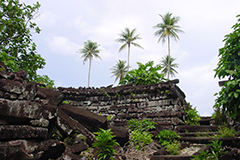
MICRONESIA

MICRONESIA: The ancient city of Nan Madol—composed of artificial basalt islands surrounded by canals, and called the “Venice of the Pacific”—was one of the first in Oceania to be ruled by a chief. Using uranium-thorium dating, researchers found that construction of a monumental tomb, the size of a football field, began there in 1180 and was completed by 1200. This pushes back the establishment of the capital and its chiefdom by 100 years. —Samir S. Patel

CHINA

CHINA: We can’t say which side of the marijuana legalization debate the resident of a tomb in the Jiayi Cemetery would have been on, but it’s clear that the plant carried special ritual or medicinal importance to his people. His body had been wrapped in a “shroud” of 13 cannabis plants, fanning out across his torso, around 2,500 years ago. Most of the flowers had been removed, but those that remain suggest he was buried in the late summer. —Samir S. Patel
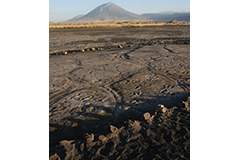
TANZANIA

TANZANIA: There are various places in Africa where ancient human footprints have been found, but none contain as many as the volcanic mudflat of Engare Sero, where researchers have recently catalogued more than 400 dating to between 10,000 and 19,000 years ago. Two individuals appear to have been jogging, and there were two groups of mostly women and children traveling in different directions. It’s thought that even more footprints lie under nearby sand dunes. —Samir S. Patel

FRANCE

FRANCE: Between 1803 and 1805, Napoleon stationed armies along the French, Belgian, and Dutch coasts for an invasion of Britain that was abandoned after he decisively lost the Battle of Trafalgar. Recent analysis of charcoal excavated from one of these camps shows that official supplies of firewood were apparently not enough to keep the soldiers warm and fed, perhaps because sources were overtaxed by the war. Rather, the men supplemented by collecting their own locally. —Samir S. Patel
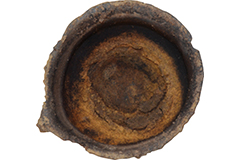
DENMARK

DENMARK: The smell must have been … interesting. Some 3,000 years ago, someone at a Bronze Age settlement burned their cheese in a clay pot, which they then threw away, intact. Perhaps it was out of frustration, or to conceal the mistake, or simply because the pot was ruined. Scientists suspect that it was an attempt to make something like sweet, tangy Brunost, or Norwegian brown cheese, produced by boiling down whey. Researchers report it no longer smells. —Samir S. Patel
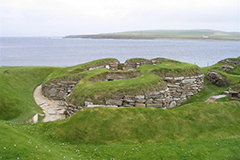
SCOTLAND

SCOTLAND: Analysis of remains from excavations conducted in the 1970s at Skara Brae, on the Orkney Islands off the country’s northern tip, have provided the first evidence anywhere in Europe that Neolithic people ate rodents—in this case, voles. The bones had been charred, and were found alongside other food remains and even directly in a hearth. The rodents may have been brought to the islands intentionally, perhaps as food on long sea voyages. —Samir S. Patel
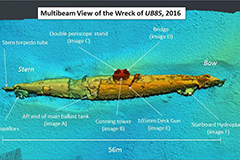
UNITED KINGDOM

UNITED KINGDOM: According to rumor, World War I German U-boat commander Captain Krech claimed that a “strange beast” with a “horny sort of skull” attacked his submarine, UB-85, on April 30, 1918, and this is why a British patrol boat captured his crew and sank the sub. Engineers laying undersea cable found the wreck of a sub that could be UB-85 in the North Channel of the Irish Sea. Historians think the boat was actually caught on the surface while charging its batteries. —Samir S. Patel
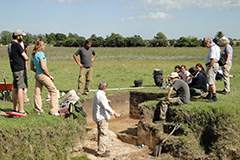
ARGENTINA

ARGENTINA: Evidence continues to build that humans occupied the Americas well before the Clovis culture emerged around 13,000 years ago. At the site of Arroyo Seco 2, archaeologists have uncovered bits of stone tools and animal bones with telltale butchery marks dating to as long as 14,000 years ago. On the menu was a variety of extinct megafauna, including giant ground sloths, car-sized glyptodonts, and toxodons, rhino-like hooved animals with prominent incisors. —Samir S. Patel
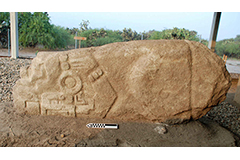
MEXICO

MEXICO: In a return to Lambityeco, a city occupied from A.D. 500 to 850 and first excavated in the 1960s, archaeologists discovered a massive carved stone crocodile. It is thought that it was once part of a temple’s ceremonial staircase, but was moved to the ground and placed upside down. Experts think the move was part of a reconstruction of the ceremonial center that signaled a cultural break with the city’s larger neighbor, Monte Albán. —Samir S. Patel

ALASKA

ALASKA: Metal artifacts from a house site on the Seward Peninsula are the first evidence of trade between the Thule, ancestors of today’s Inuit, and Asia. The house is between 700 and 900 years old, constructed centuries before sustained trade with Europeans or Russians. The Thule did not smelt their own metals, and X-ray fluorescence shows that the artifacts, including a buckle and a bead, had been smelted—and the material resembles metals made in Asia at the time.


